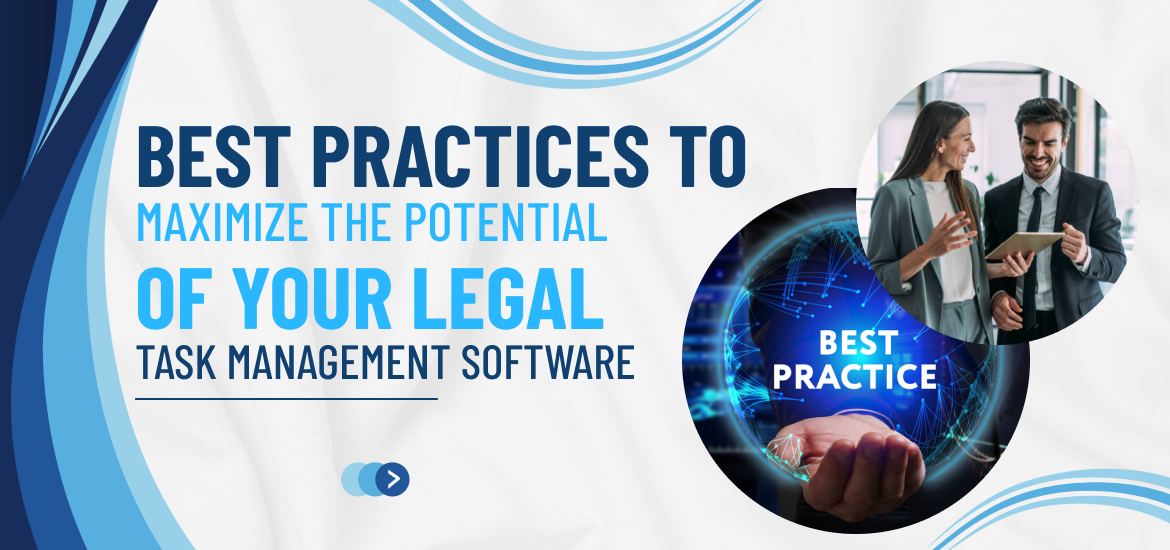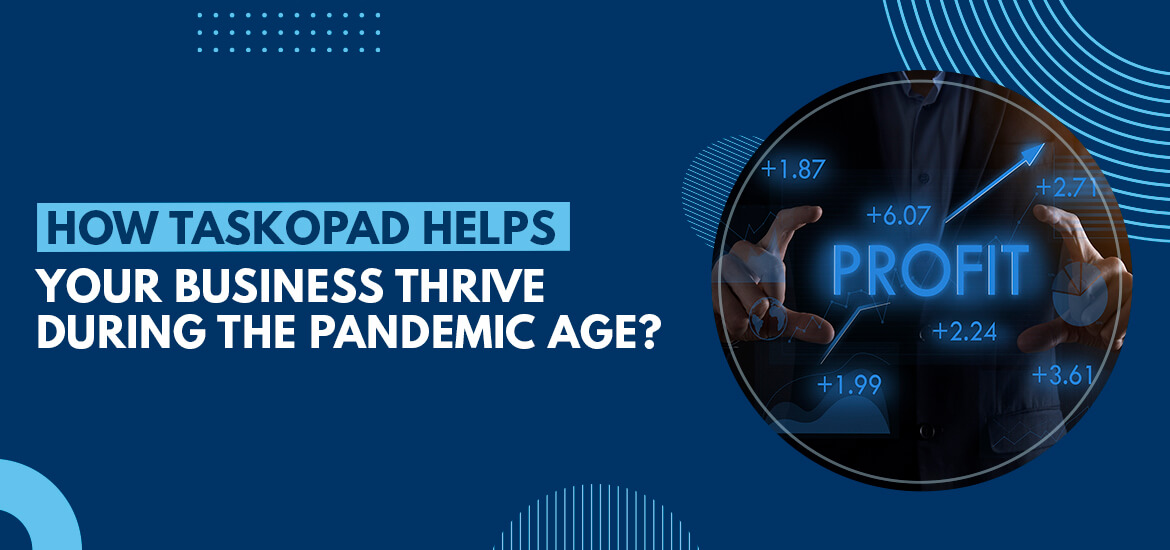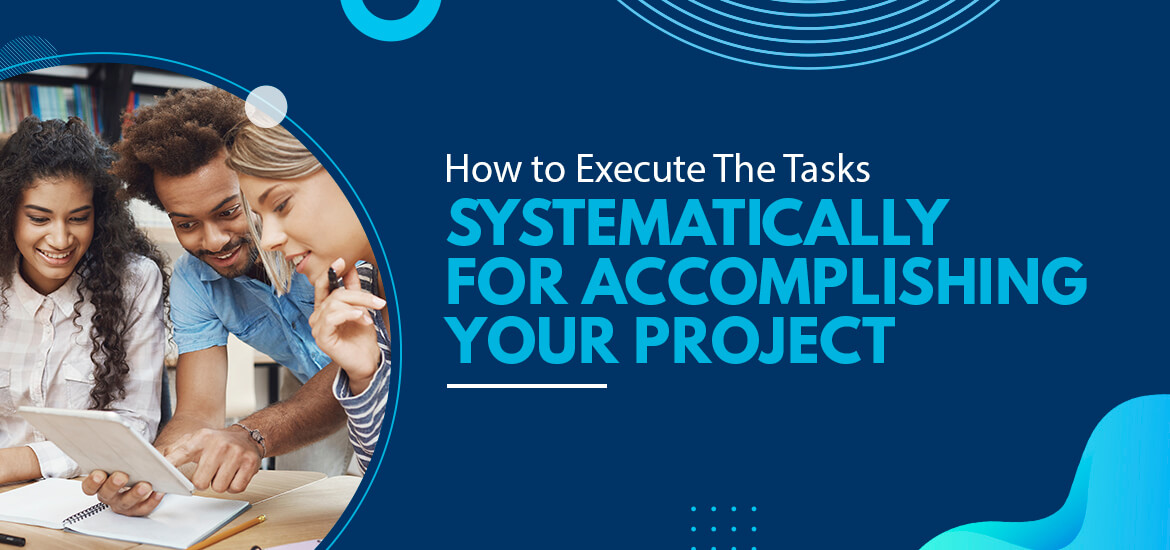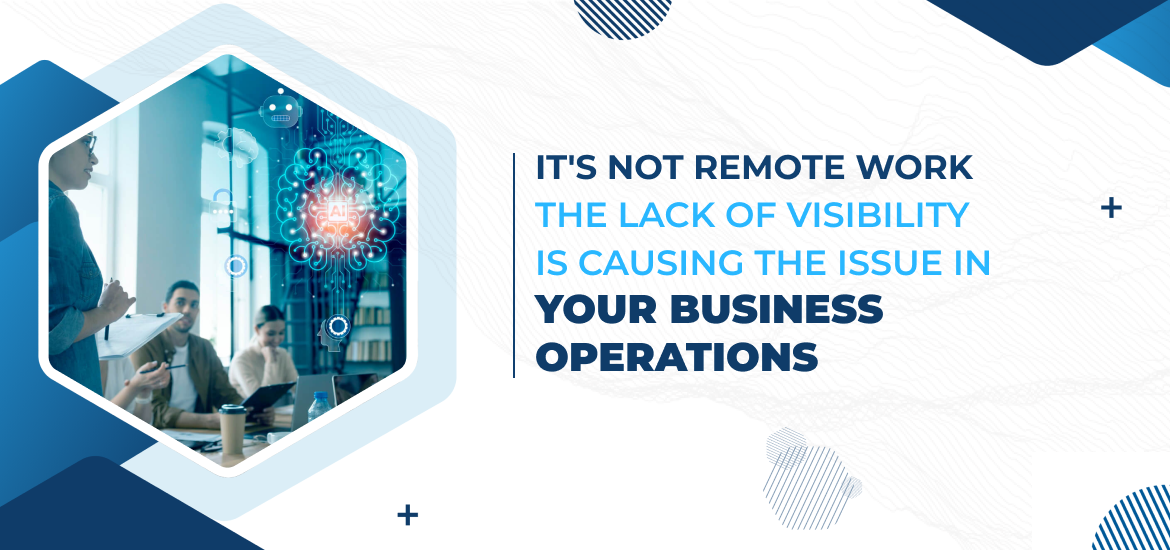
Legal Project Management
Best Practices to Maximize the Potential of Your Legal Task Management Software
Jun 23rd, 2025
Are you a law firm or legal practitioner grappling with overflowing tasks, missed deadlines, and a constant struggle to keep your matters organized? Efficient task management is crucial in today’s legal world. You’re likely using legal task management software, but are you truly maximizing it, or is it just a glorified to-do list?
Legal tech is evolving rapidly. Beyond basic tracking, new platforms offer 24/7 real-time WhatsApp notifications and performance analytics. Firms are reporting up to a 30% productivity jump with optimized workflows. How can your firm unlock this potential? How can you cut administrative overhead, boost collaboration, and deliver better client results?
Here, we’ll discuss the best practices for maximizing your legal task management software, and staying ahead in legal innovation.
Tips to Get the Best Out of Legal Task Management Software
Using legal task management software leads you towards better productivity. If you follow these tips, you can maximize the benefits of legal task management software, and achieve better ROI.
1. Standardize Your Workflow and Task Creation
One of the most common pitfalls is inconsistent task creation. Different team members might use varying naming conventions, assignees, or priority levels, leading to confusion and missed deadlines. Have your standards set for everything. Follow them strictly, this will make things easy and smooth.
- Create Standardized Templates: For recurring tasks (e.g., discovery phases, contract reviews, court filings), build templates that pre-populate essential information like sub-tasks, deadlines, and responsible parties. This ensures consistency and saves time.
- Define Clear Naming Conventions: Establish a clear and concise system for naming tasks. For instance, “Client Name – Case Type – Task Description – Due Date” provides immediate clarity. This makes the system easy-to-adapt for new joiners, and anyone can easily get clear understanding.
- Utilize Custom Fields: If your software allows, create custom fields for specific legal information like “Court Jurisdiction,” “Case Number,” or “Client ID.” This makes tasks more searchable and contextual.
2. Break Down Tasks, Not Your Team
Breaking down large projects into smaller, manageable tasks is crucial for progress tracking and accountability. Always make sure to break down the tasks till you can’t find the sub-task under it. Split them into smaller steps in your software. This keeps things clear and prevents your team from feeling overloaded.
- Deconstruct Large Projects: A “Litigation” project should be broken down into “Pleadings,” “Discovery,” “Motions,” “Trial Prep,” etc., with each having its own set of sub-tasks.
- Assign Sub-Tasks Clearly: Ensure each sub-task has a designated owner and a realistic deadline. This prevents bottlenecks and ensures everyone knows their role.
- Focus on Actionable Tasks: Every task should represent a concrete, actionable step. Avoid vague entries that don’t specify what needs to be done.
3. Leverage Collaboration Features Effectively
Your legal task management software is a powerful collaboration hub. It is not just for tracking individual to-dos. Thoroughly check the features of your legal task management software and maximize its potential by actively using the maximum number of features for better collaboration. You can even implement additional features like leave management and attendance management to avoid overhead expenses on those things.
- Utilize Comments and Attachments: Encourage team members to use the comment section for updates, questions, and discussions directly within the task. Attach relevant documents, emails, and research materials directly to the task for easy access.
- Enable Notifications Strategically: Configure notifications to alert team members to new assignments, due date changes, or completed tasks. However, avoid notification overload, which can lead to important alerts being ignored.
- Facilitate Cross-Functional Communication: Use the software to bridge communication gaps between different departments or teams working on the same case.
4. Prioritize and Re-evaluate Regularly
Legal work is dynamic; priorities can shift rapidly. Your task management system should be a living document that reflects these changes. It’s crucial to have a clear understanding of your planned work’s priority. With an array of cases and other tasks in your queue, you can’t work on everything at once. You must set priorities based on various factors like case hearing dates, team availability, and urgency.
- Implement a Clear Prioritization System: Use your software’s priority levels (e.g., high, medium, low) consistently. Consider using a matrix like the Eisenhower Urgent/Important principle to guide prioritization.
- Conduct Regular Reviews: Schedule weekly or bi-weekly team meetings to review open tasks, adjust priorities, and reassign if necessary. This keeps everyone aligned and addresses potential roadblocks early.
- Track Progress and Deadlines: Actively monitor task progress and upcoming deadlines. Proactive identification of potential delays allows for timely intervention.
Also Read – How To Prioritize Tasks In Just 4 Steps?
5. Utilize Reporting and Analytics for Insights
Most robust legal task management solutions are equipped with powerful reporting and analytics features. By using these features, your firm can turn simple information into useful knowledge. With real-time reports, you can make data-driven decisions. This includes better resource utilization, taking new projects, setting up deadlines, etc.
- Monitor Team Workload: Generate reports to see who is overloaded and who has capacity. This aids in equitable task distribution and prevents burnout.
- Identify Bottlenecks: Analyze task completion rates and overdue tasks to pinpoint recurring bottlenecks in your workflow.
- Track Project Timelines: Understand how long different types of cases or projects typically take, aiding in more accurate future planning and client fee estimation.
- Improve Resource Allocation: Data-driven insights can inform better resource allocation and strategic decision-making within your legal department.
6. Culture of Adoption and Accountability
The best software in the world is useless if your team doesn’t use it consistently and effectively. Simply purchasing a sophisticated solution isn’t enough; you need to cultivate a firm-wide culture where consistent and effective usage is the norm, not the exception.
- Provide Comprehensive Training: Ensure all team members are thoroughly trained on how to use the software’s features, not just the basics.
- Lead by Example: Legal heads and senior associates should actively use the software, demonstrating its value and setting the standard for the team.
- Emphasize Benefits: Continuously communicate how the software benefits individual team members (e.g., clearer assignments, reduced email clutter) and the firm as a whole (e.g., better client service, increased profitability).
- Encourage Feedback: Create a feedback loop where team members can suggest improvements or highlight challenges they face with the software.
Also Read – 7 Best Legal Project Management Software For Lawyers in 2025
Maximize Your Legal Edge
Imagine a practice where deadlines are consistently met, team communication is seamless, workloads are balanced, and strategic decisions are driven by real data. This isn’t a distant dream; it’s the reality achievable when you implement these best practices to maximize the potential of your legal task management software.
TaskOPad stands out as a powerful and intuitive platform that offers comprehensive features tailored to the needs of law firms and legal professionals. Book your 15-Day Free Trial today and experience productive legal task management. Or, for a personalized walkthrough of how TaskOPad can revolutionize your firm, Book Your Free Demo now!
Search by posts
Search by posts
Recent posts
7-15-2025
Task Management Software
How to Choose the Best Task Management Software for Your Digital Marketing Agency
6-28-2025
Project Tracker Tool
Top 8 Steps to Execute Tasks Systematically for Accomplishing Your Project
6-27-2025
Project Management Software














